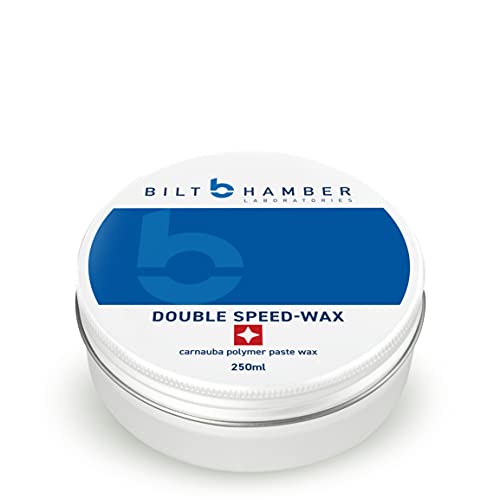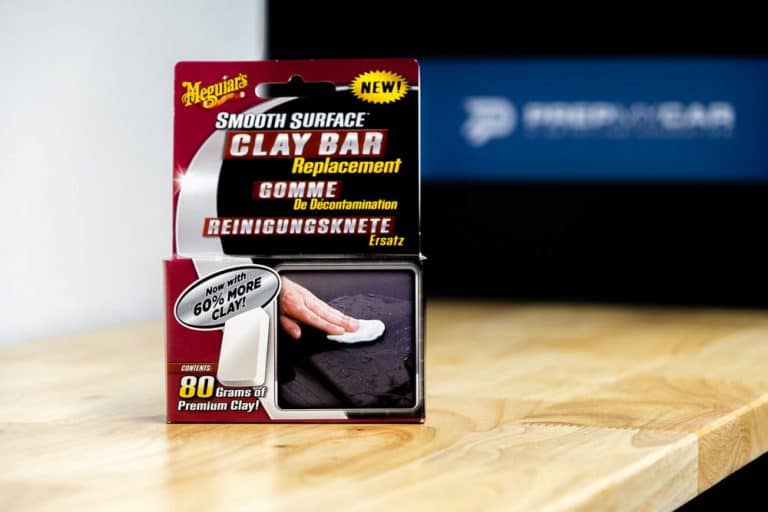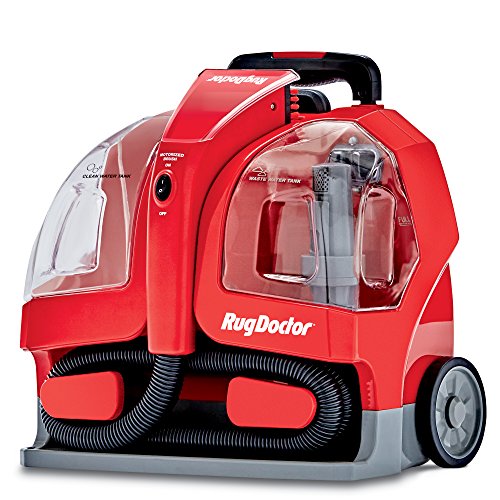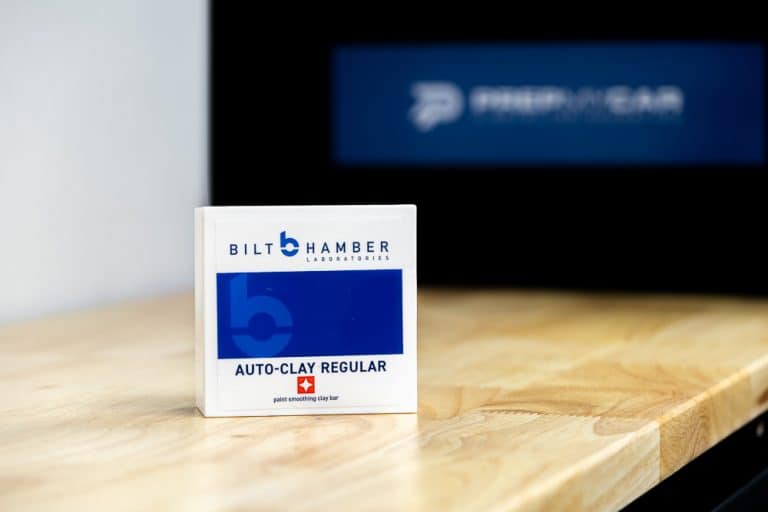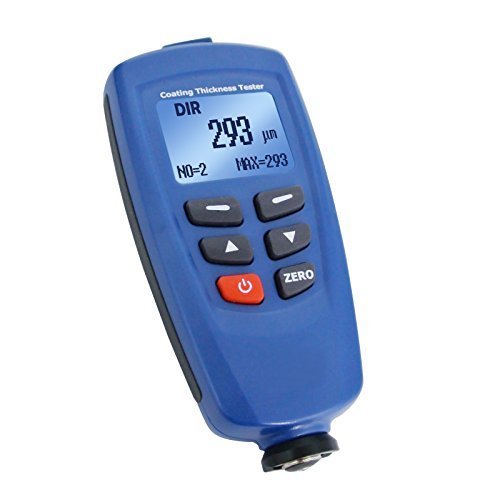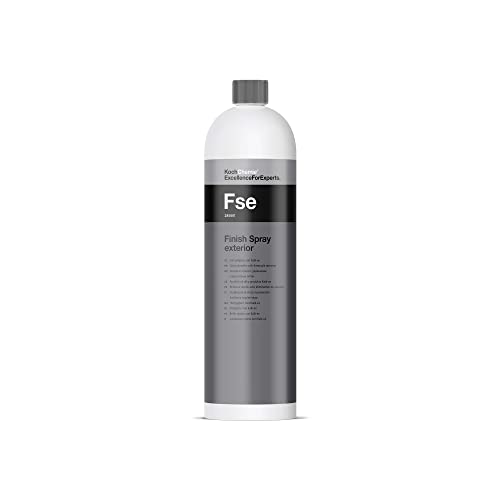How to Correct and Restore Car B-Pillars
Do you ever approach your car on a sunny day and notice that the B-Pillar panelling between the front and back windows seems to be badly swirled?
It’s a common scratch hotspot, and in this article, I’ll discuss how to correct and restore car B-pillars. I will talk about what is possible polishing by hand, and the advantages of having a machine to assist with the job. We’ll also have a look at plastic B-pillars and how to restore them.
What are B-Pillars?
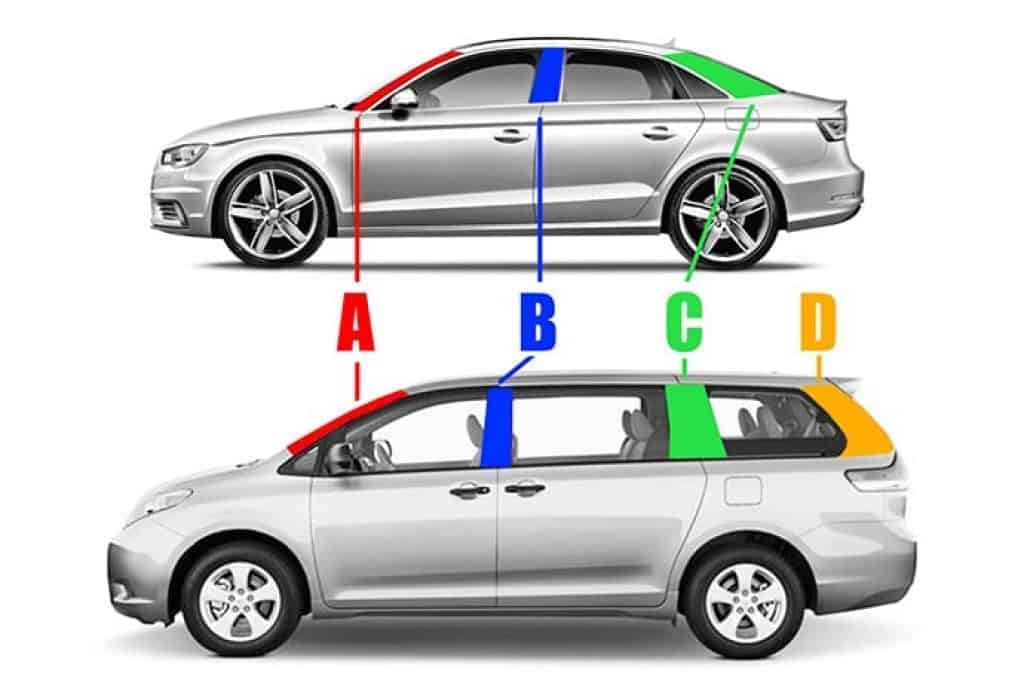
Your car has vertical struts which connect the chassis to the roof and provide crash protection in the event of a rollover. They are designated A-C, with A starting at the front of the vehicle (larger cars will have D-pillars at the back).
With most cars, the B-Pillar is located in the middle, the front door latches to the B-Pillar, while the rear door hinges off the B-Pillar. While the term ‘B-pillar’ technically refers to the structural member, in this article I’ll be referring to the panel on the door between the front and the back windows-the back panel of the front door and the front panel of the rear door meet when closed.
What are B Pillars Made of?
B-Pillars are generally made from a black plastic trim that covers the structural steel underneath. They are generally a matt black finish which scratch resistant, or a piano black gloss finish.
The good news is restoring faded matt black B-Pillars is simple. Piano black B-Pillars can also be restored by polishing them much like we do when correcting paint. This often overlooked improvement is an easy way to improve the look and value of your car.
How Do B Pillars Get Damaged?
The B-Pillars of your car suffer regular wear and tear. Many close the front door using them, which often leads to considerable scratching. Improper wash techniques can also cause scratching. Oils from your hands, as well as sun exposure, can cause staining.
Matt black plastic trim also tends to fade and discolour from sun exposure over time. It is important to take car of this trim as replacement parts can be expensive or hard to come by in older cars.
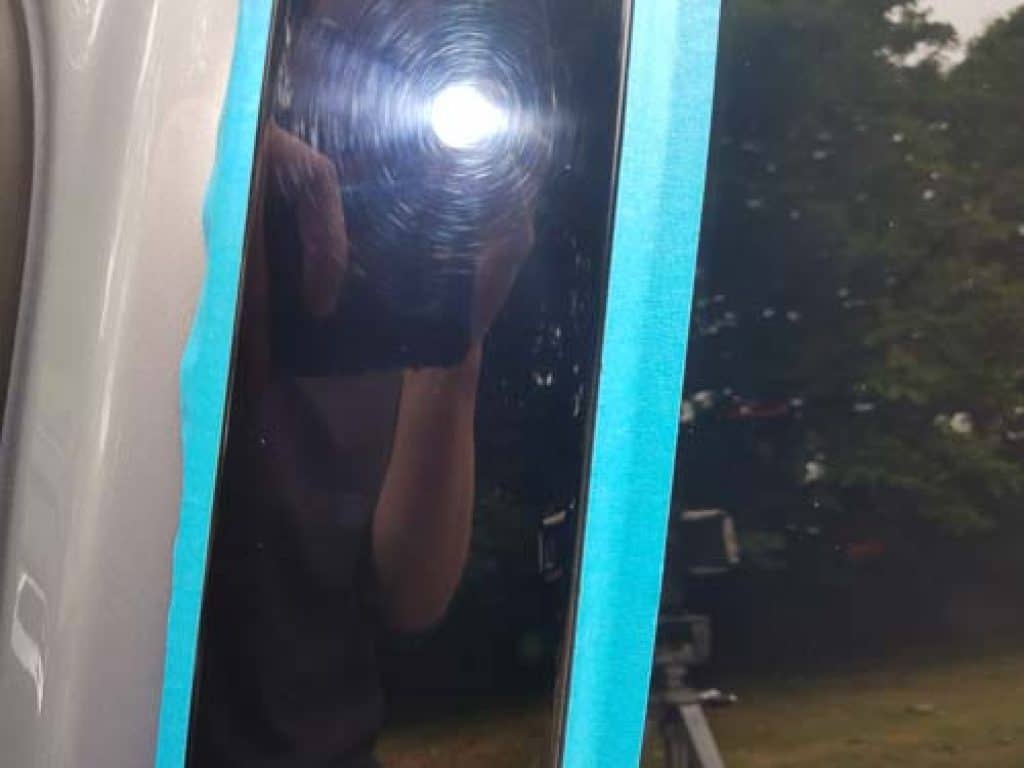
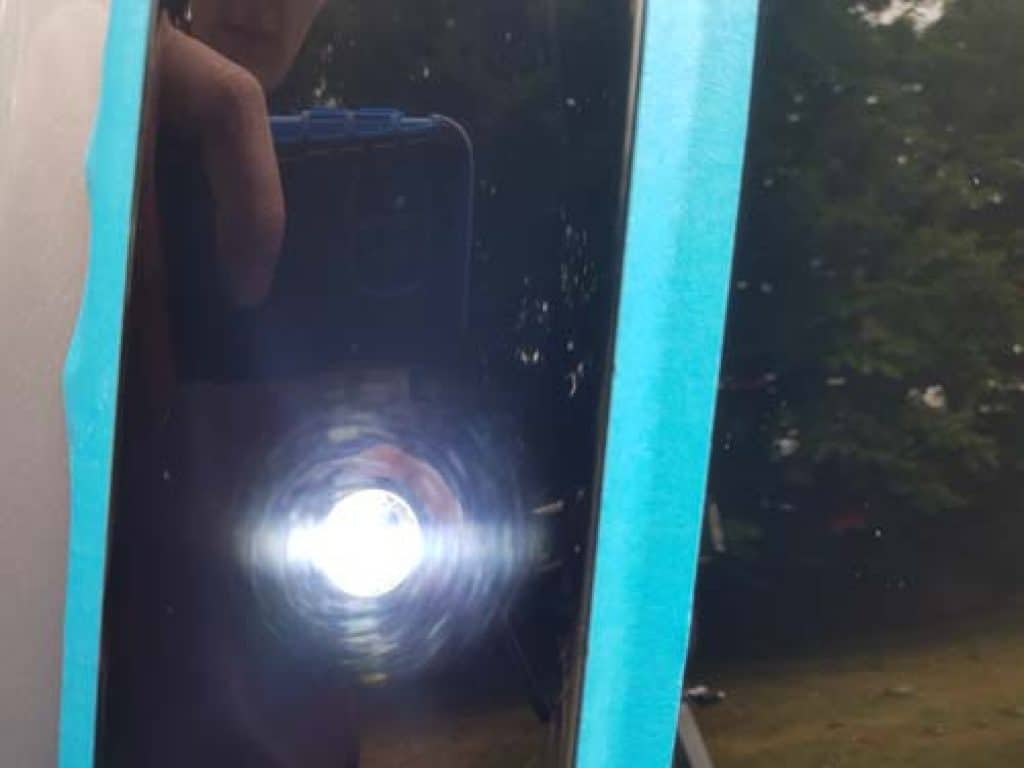
How To Restore B-Pillars
Removing scratches from your B Pillars and restoring them is easier than you think. To restore B pillars we apply polishing compounds to correct the surface and then apply protective coatings.
Products Needed to Correct B-Pillars
Correction
A versatile product that can be used by a machine or by hand, Meguiars’ Ultimate Compound is effective and cost-efficient. If you choose to apply by hand, these foam applicators are great to use with this product.
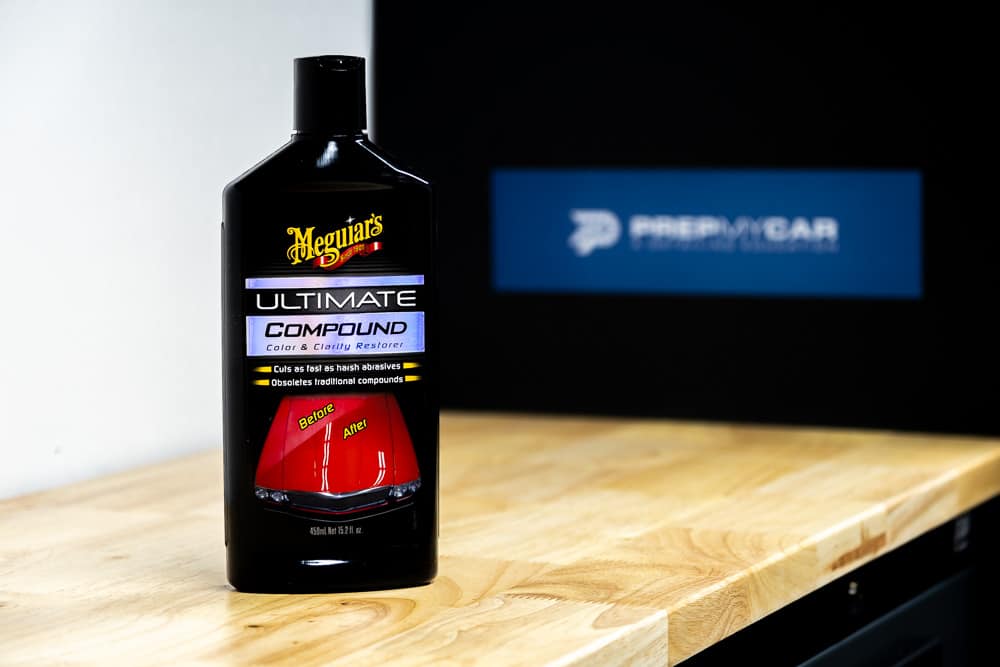
- Remove Paint Defects: The ultimate product for removing oxidation, scratches, water spots, and blemishes without scratching
- Cuts as fast as harsh abrasives restoring surface clarity without scratching or swirling
- Save time: The clear coat safe formula dramatically reduces the time and effort to restore abused or neglected paint finishes
Sometimes complete correction won’t be possible, so a glaze is a good option to improve the appearance of your B-pillars, for this, I recommend Poor Boys’ Black Hole or Chemical Guys Black Light if you are in the USA.
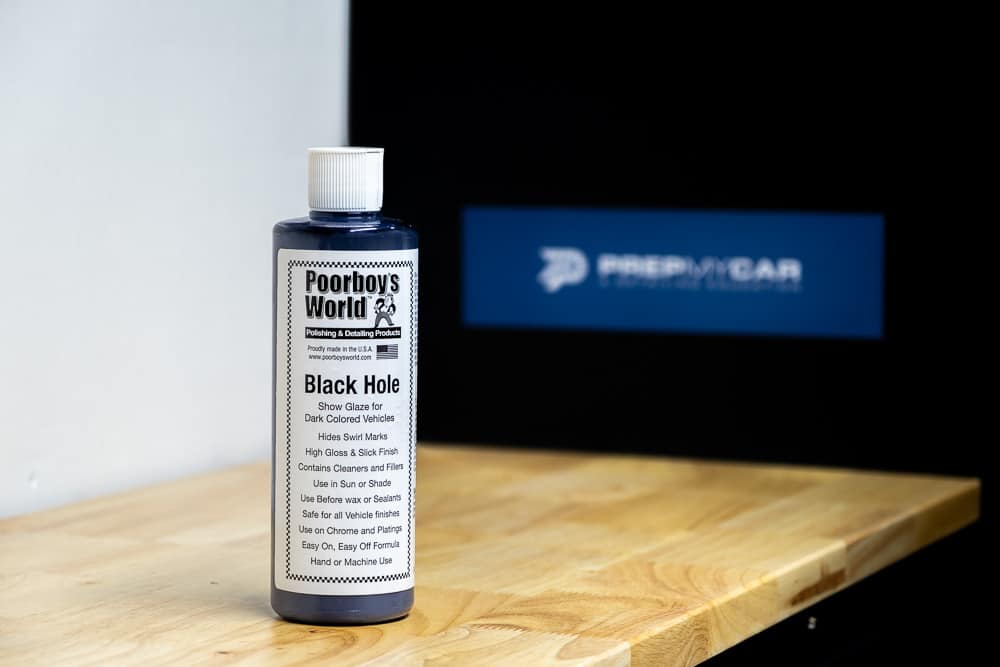
Protection
For added protection, after you’ve corrected your B-pillars, it’s best to add wax or sealant. One of our favourites for a great price is Bilt Hamber Double Speed Wax.
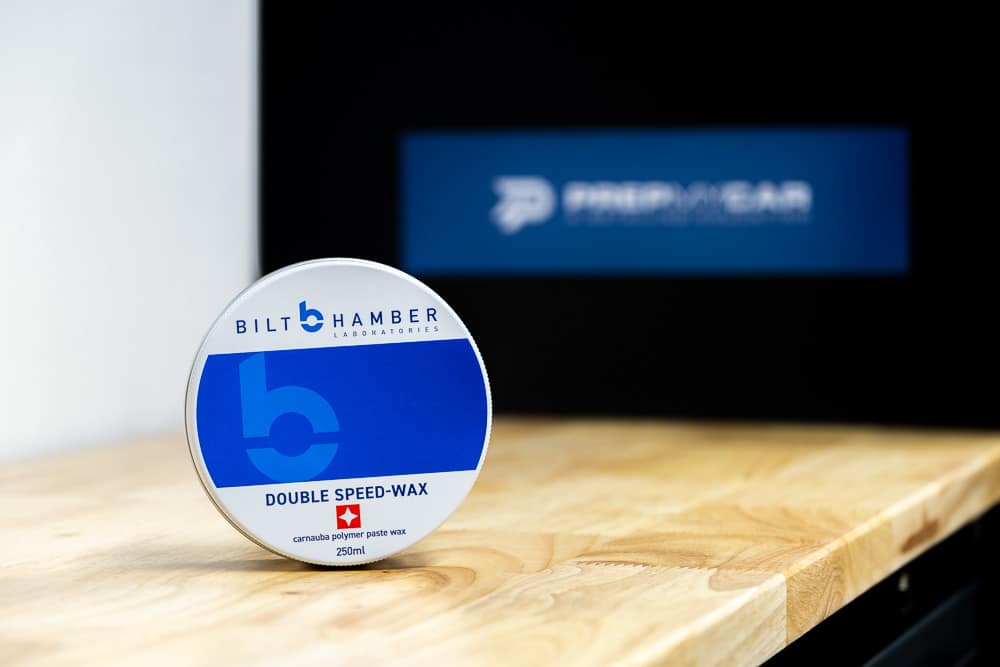
- Easy to use last stage paste wax for the protection of highly finished automobile paint systems.
- The carnauba wax used provides a deep rich glossy, highly water repellent and detergent resistant film.
- Provides an economic and superior alternative to costly paste waxes which simply do not compete performance wise with this material.
How To Restore Piano Black B-pillars
Car manufacturers have increasingly chosen to add plastic piano black trim to their cars. While it gives the car a nice contrast, black plastic trim is a notorious scratch magnet. The soft clear plastic surface becomes swirled very easily, causing them to look rather unsightly.
While easily scratched, they can also be relatively easily restored. A car machine polisher will yield the best results, however, very satisfactory results can also be achieved by hand.
This is also the process you should follow to correct and restore car B-Pillars.
By Hand
Start by taping off any areas you do not want to get polish on. Any polish residue on rubber seals can be hard to remove, so best to cover these up with masking tape now.
Next, apply a small amount of compound to the foam applicator and work into the trim, I find it best to use circular motions.
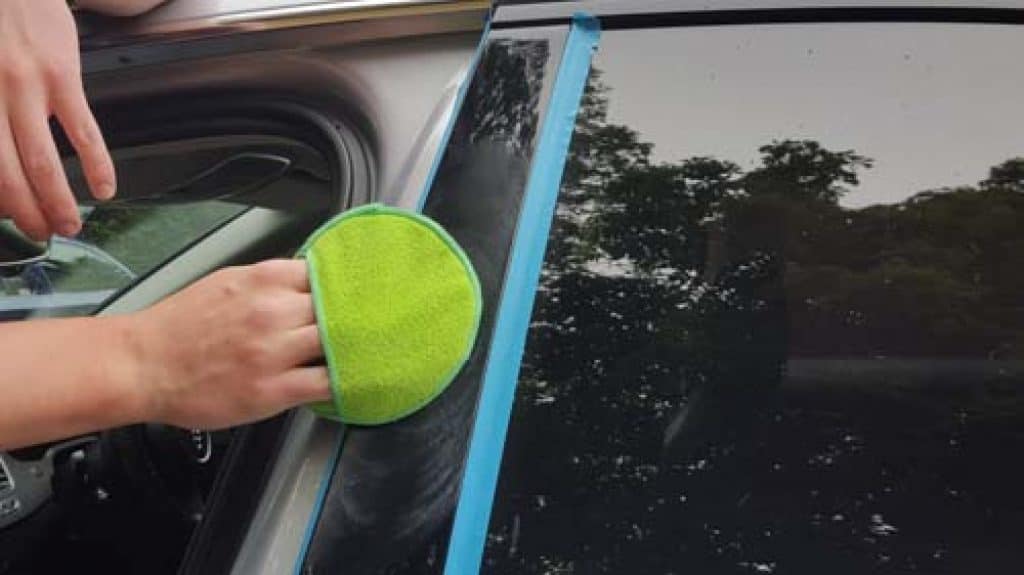
Once the product begins to go clear, stop and buff the residue off with a microfibre cloth.
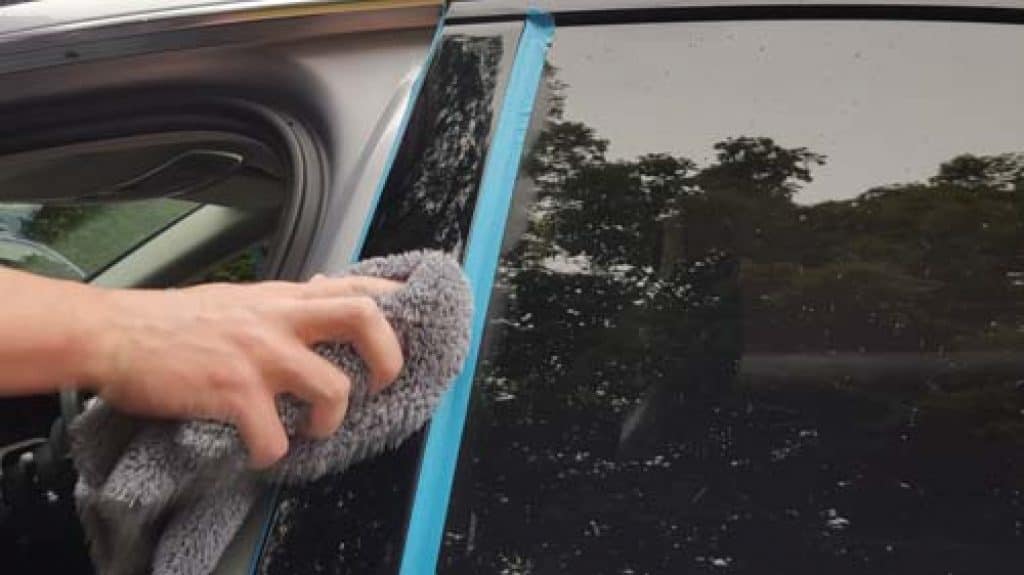
You should see a considerable improvement; this photo shows the level of correction possible just polishing by hand.
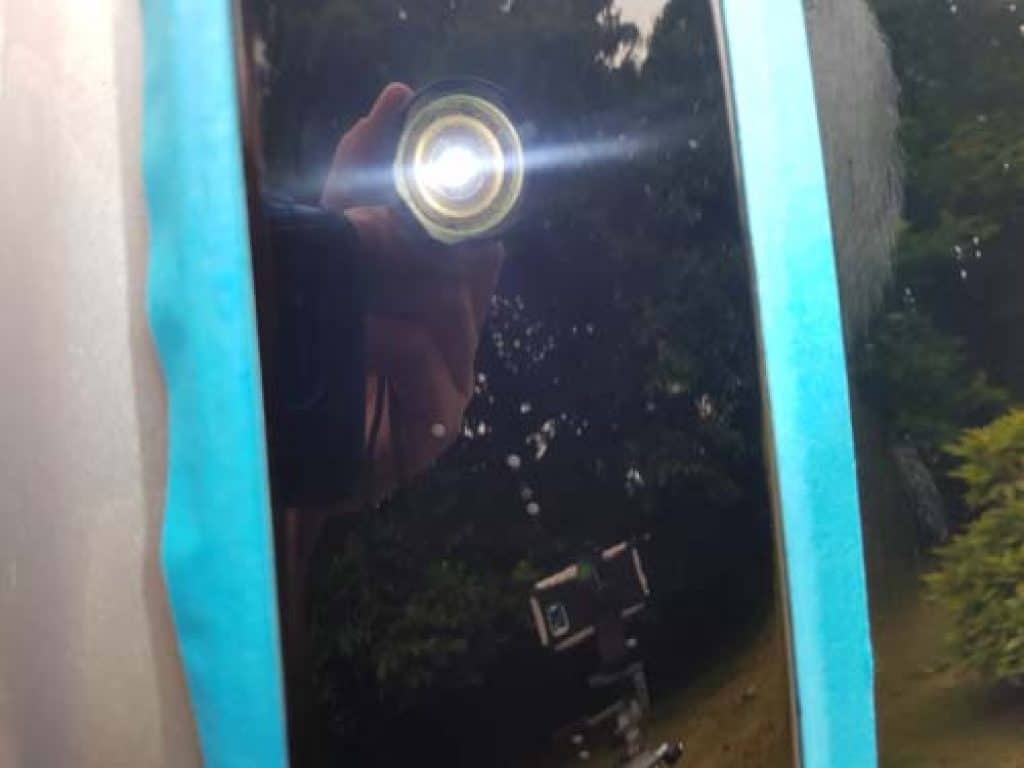
After removing the polish residue, apply a small amount of black hole to a clean applicator and work into the surface. Leave this a few minutes to haze and buff off to reveal a deep black shine. Poor Boys’ Black Hole also works on coloured paint surfaces (they make a separate glaze for white vehicles.)
After removing any glaze residue, it’s time to apply a layer of protective wax. Lightly dampen a separate foam applicator and apply a very thin layer of your wax. Wait 5-10 minutes for the wax to haze and buff off any residue.
By Machine
You will be able to achieve better results if you have access to a small machine polisher. I have used a ShineMate EP803 Rotary Polisher for over two years and found it to be a dependable and reliable machine. The ShineMaster M550 is also a great option for these kinds of delicate jobs. For B-pillars, I like to use a soft two-inch finishing pad, with a fine finishing polish.
- POWERFUL: Maxshine has designed the M550 rotary with a highly efficient 550-watt motor to guarantee more power and torque on any surface, making your…
- ADVANCED: In the event of overheating, the M550 features bespoke auto shut-off carbon brushes to prevent motor damage. All ball bearings are sealed as…
- PERFECTLY BALANCED: The internal components have all been designed and arranged to provide perfect weight distribution for polishing, taking stress…
As before, tape off any areas you do not want to get polish on. Apply a small amount of polish to the polishing pad and spread on the surface at the machine’s lowest speed.
Increase machine speed slightly but do not use any more than half of the maximum available speed. Slowly move across the surface, trying to maintain a uniform speed, applying constant light pressure, letting the machine do the work. After several passes, the polish will start to turn clear, this is a good pointer to stop and wipe away any residue and to inspect the results.
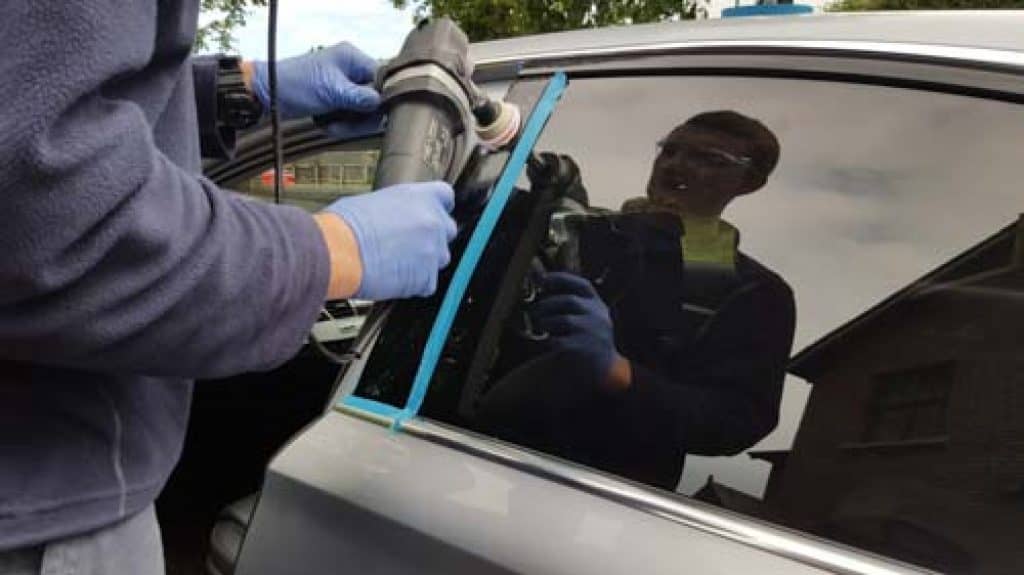
If some swirls remain, you can move up to a firmer pad and heavier compound following the same procedure, however, you may want to repeat with the fine finishing polish to remove any holograms that may appear.
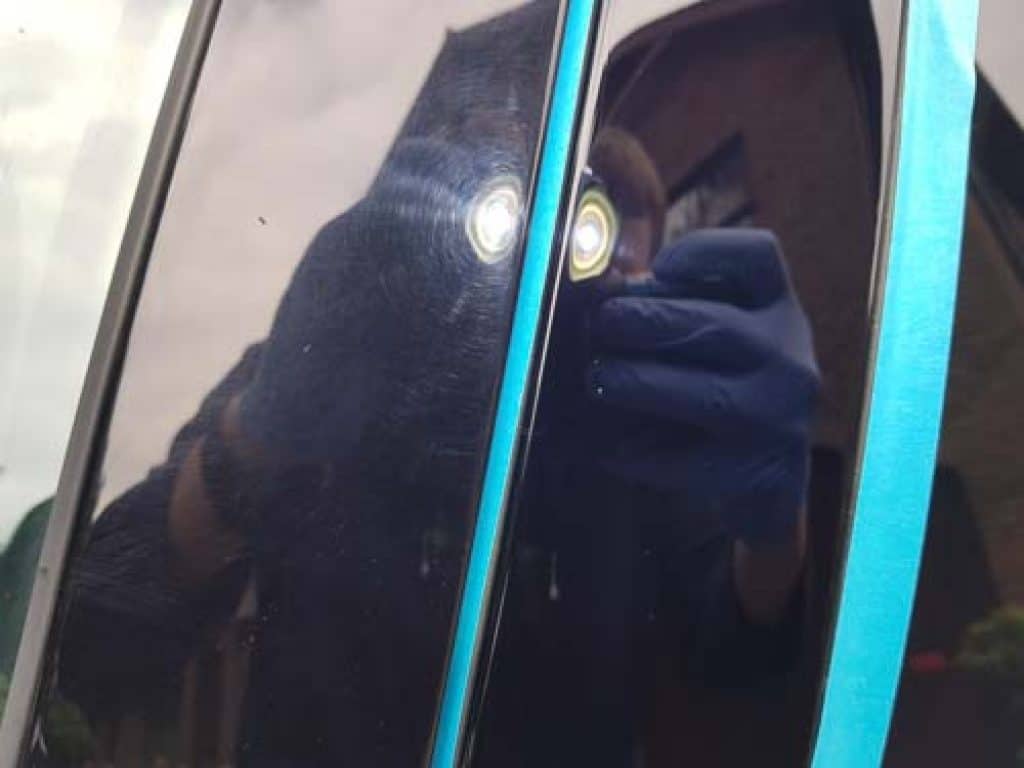
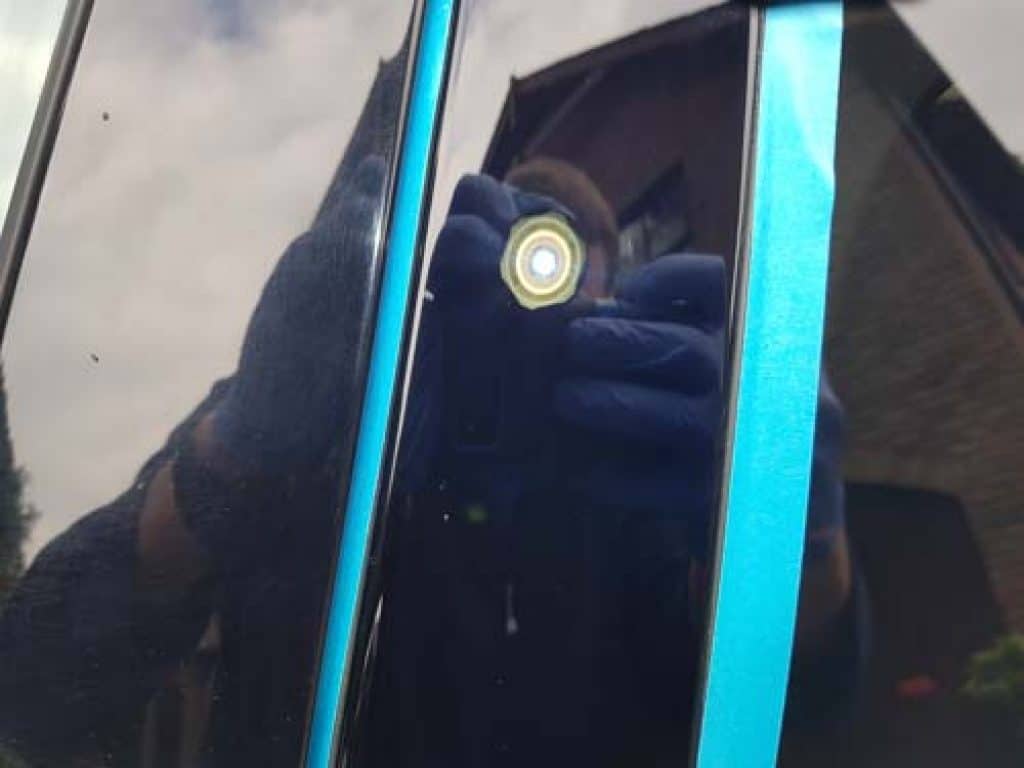
After polishing, follow the same procedure mentioned above to apply a layer of wax protection.
How To Restore Plastic B-Pillar Trim
Plastic trim with a matte finish is also frequently found on cars. These are much more scratch-resistant than piano black or paint, but they can become faded and discoloured over time. There are several ways to treat this.
The first step is to ensure the surface is clean. Using a good car shampoo with no added waxes will do the job. Then as before tape off the area you’ll be working on.
The first product I recommend is CarPro Pearl. This water-based silicone dressing can be used for multiple jobs, such as tyre, interior and trim dressing. As well as improving the appearance of surfaces, Pearl also provides UV protection. It also has a rather pleasant aroma.
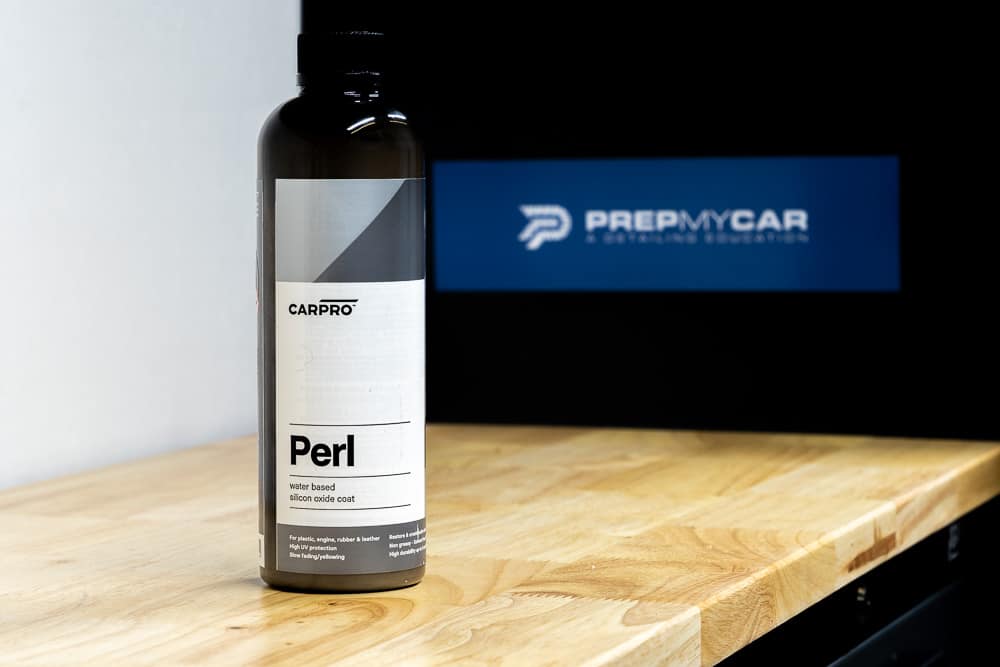
Check out the full CarPro Perl review here!
You can apply a small amount of product to a foam applicator and work into the plastic surface. Leave it to soak in for a few minutes before wiping away any residue.
If you are after a product with longer durability, you might want to choose a ceramic coating for the trim. Gtechniq C4 Permanent Trim Restorer lasts for up to two years. It is easy to apply using the provided applicator. Apply a small amount of product to the applicator and work into the surface, then buff with a microfibre towel.
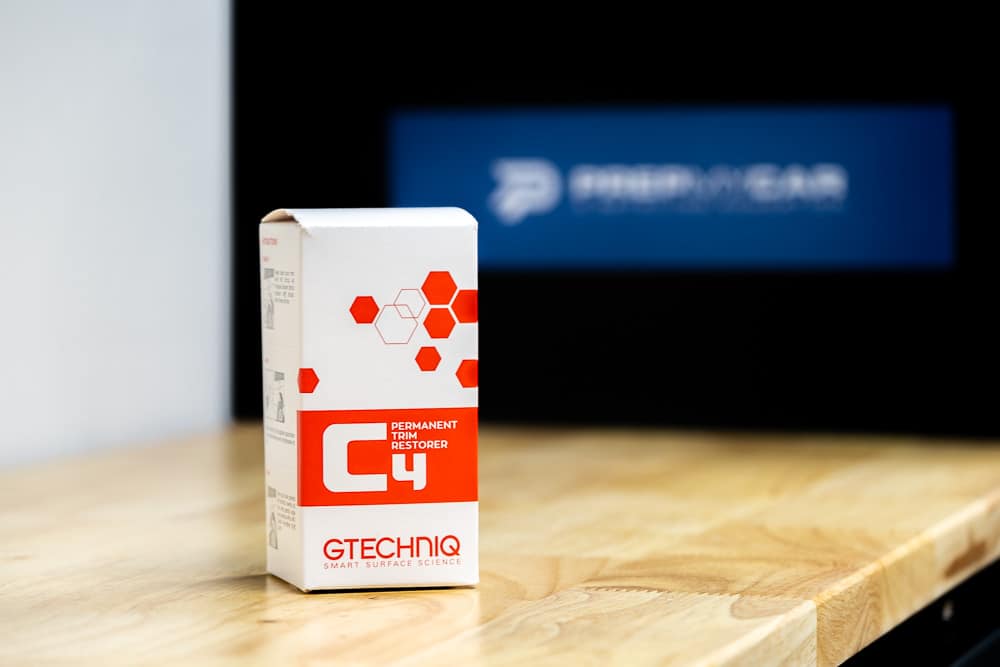
- RESTORES TRIM LIKE NEW – bring old, tired plastic or rubber back to life, with an invisible, exceptionally thin, coating that revitalises the colour,…
- CHEMICALLY BONDS TO THE PLASTIC – The coating swaps part of its molecular structure with the surface molecules of your car’s trim. This means that…
- EASY TO APPLY AND GREAT VALUE -a little goes a long way, only a small amount is required to revitalise bumpers, wing mirrors, side trim and any other…
I hope this has been a useful guide to restoring the B-Pillar panels on your car, once you’ve spent the time correcting it’s important to remove the source of the scratching. You can do this by making an effort to use the door handle to shut the door and making sure to use safe car wash procedures.
FAQ
How do you polish car door pillars?
Painted or piano black door pillars can be restored to their original shine. You can use normal car polishes and a foam applicator. Meguiars’ Ultimate Compound works well for polishing by hand. Apply some to a foam applicator and rub the panel in circular motions. Wipe away any residue with a microfibre cloth to reveal a deep shine.
How do you restore plastic door panels?
Plastic door trim fades over time. To restore it first use some pure car shampoo to clean the car. When dry, apply some CarPro Pearl to the door panels to restore the original colour while providing UV protection.
How do you clean car pillars?
It’s best to use a car shampoo that does not contain any additives. You can also use all-purpose cleaner and a detailing brush to give plastic trim a deep clean.



